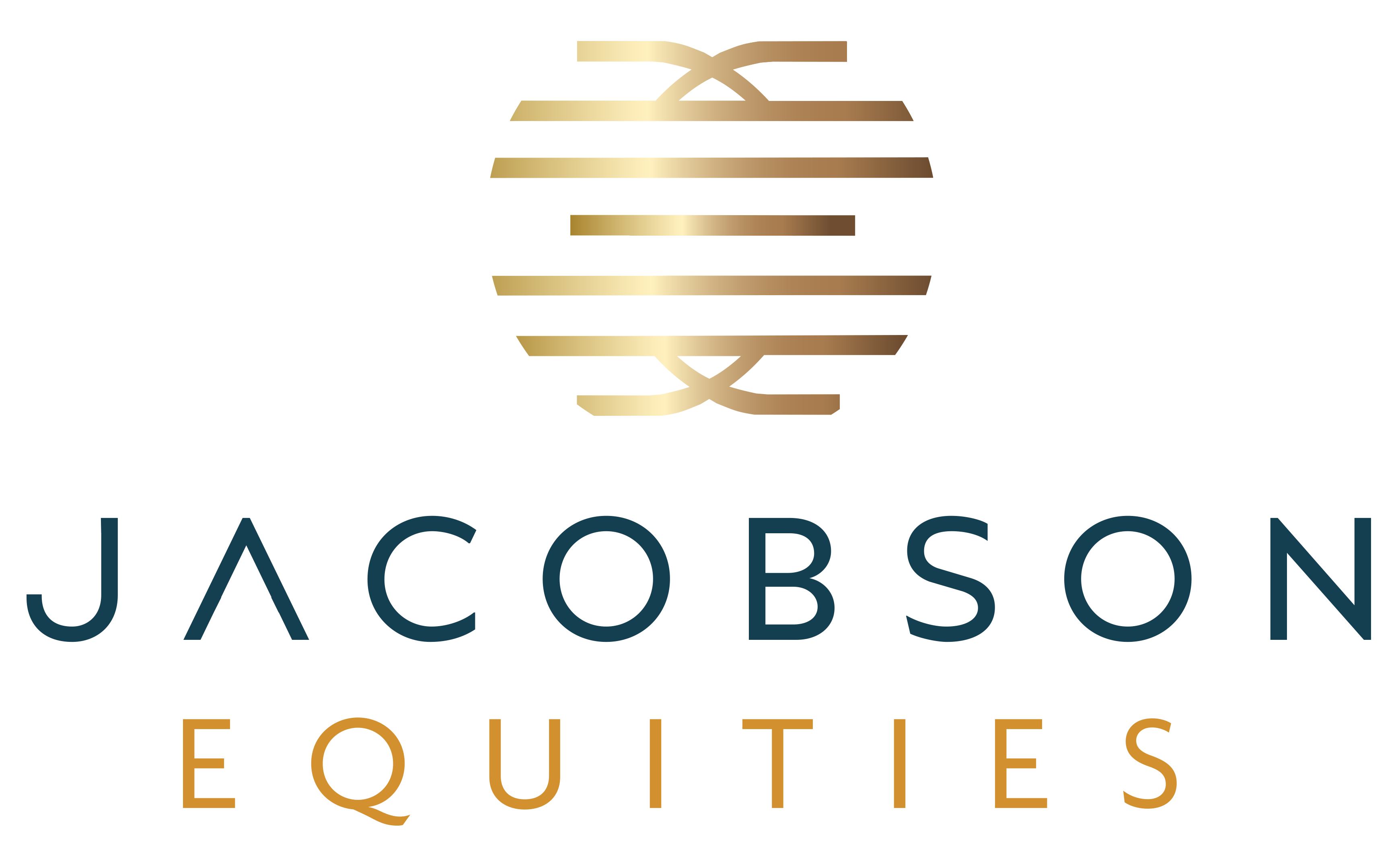For 15 years, up until early 2022, the U.S. commercial real estate market had been operating in an ultra-low interest rate environment. One could argue too low. Cap rates were low, valuations were high, and returns were exceptionally strong. It was common to see sponsors promise high double-digit returns. Investors, who were hungry for yield they weren’t able to get elsewhere, poured into multifamily. As long as interest rates stayed near zero, many deals delivered on those promises, especially those premised on higher leverage.
Today, however, with the Effective Federal Funds Rate at 5.07% as of June, the world looks very different. What worked before won’t work now and, we would argue, some investors, knowingly or not, took on undue risk to earn those double-digit returns. Sadly, some are facing capital calls today. Sophisticated investors should recalibrate their return expectations to align them with the realities of the capital markets of today.
Investors should premise their return criteria on the following assumptions:
- One, interest rates are (likely) not going back to near-zero.
- Two, returns should be better aligned with levels of risk. High leverage is a dangerous way to invest money you don’t want to lose. And cap rate compression will likely not bail an investor out of a deal which isn’t underpinned by strong economic fundamentals.
- Three, know your sponsor and read the prospectus. Understand the amount of risk you are taking on to create the returns that have been promised.
The Impact of a Higher Interest Rate Environment: Fewer Options, Lower Leverage
During the boom, there were numerous primary lending sources for apartment acquisitions including the agencies (Freddie Mac and Fannie Mae), debt funds (private equity funds that make loans), banks (local, regional, and national), and life insurance companies.
As rates have increased, the debt funds and their floating rate loan model have effectively been out of the business since early 2022, and life insurance companies are starting to make fewer loans. Debt funds in particular typically allowed higher leverage. They made great partners because they loaned based on the business plan (i.e., loan to cost, not loan to value). Debt fund financing is not practicable at current rates.
That leaves the banks and agencies. The most recent Fed Loan Officer Survey showed that 68% of all banks interviewed were tightening their credit standards for multifamily real estate loans. At the same time, 76% of respondents reported substantially or moderately weaker demand for loans. Moreover, bank depositors are moving their money away from bank deposits into money market accounts or other low-risk, liquid vehicles where there is now actual yield. The loss of deposits is taking the fuel out of the banking business and increasing their cost of lending.
Fannie and Freddie still expect to guarantee only slightly less lending than they did in 2022. Though the offered interest rates are higher, government agencies are not affected by the same business model challenges affecting the debt funds or banks. The agencies thus put multifamily in a superior place compared to other assets in the real estate world. Where there is capital for lending, a majority will be backed by the agencies, and regardless, much lower LTVs and more conservative underwriting assumptions will be standard.
In sum, while multifamily is financeable to a greater degree than other real estate asset classes currently (due to the agencies), lower LTV’s and more conservative underwriting assumptions will still make it harder for more deals to pencil. Investors should expect low teen returns rather than the high teen returns some sponsors previously promised that required high leverage to achieve.
Risk-Adjusted Returns Are Back
When interest rates were extremely low and property values were rising, sponsors marketed high returns on their deals and very little attention was paid by investors to the actual risk being taken by the sponsor. Deals described as low or relatively low-risk were actually taking on much more risk than was prudent (or than the investor understood was the case).
Higher LTVs, hyper-aggressive rent growth forecasts, and unrealistic valuation assumptions should be replaced by more conservative financing, and reasonable rent projections. Investors are going to have to understand the difference between deals that seem to offer similar returns. The result may look the same, but how they get to those numbers may differ substantially. When you look at the underlying risks, the risk-adjusted returns may not be similar at all.
Sponsors that prudently undertake the right level of leverage for the particulars of the deal, make reasonable assumptions about rent growth and expenses, and underwrite a longer hold period will continue to achieve excellent outcomes.
What’s an “excellent outcome”? The low-teens, with less risk, is going to be a great pocket for most investors over the next several years. Sponsors that tout high double digit returns on value-add product are making unrealistic assumptions regarding rent growth and/or expenses (at higher rates, even the most aggressive financiers won’t be able to get high leverage loans). For investors, this means high risk.
Investor Due Diligence Necessary to Evaluate Promised Returns
Ultimately, the new normal is going to be focused on the quality of the deal presented by the sponsor. The sponsor’s experience will make all the difference for the foreseeable future, whereas for the past 10 years in a rising market with low interest rates, many less experienced, imprudent sponsors were able to generate good returns and attract investors. The ups and downs of the market provide experience that a sponsor can’t replicate, except by going through it. Many deals over the past decade ended up being extremely short-term—values escalated quickly, and new buyers were eager to get into the game with low rates and a hyper-active market driving up the property values. Now, sponsors with inadequate operational experience and over-leveraged properties are having difficulty covering their debt service in a higher interest rate environment. Investors will have to conduct their due diligence to discover if a sponsor has the years of experience necessary to manage an asset through less propitious times and still deliver strong long-term, risk-adjusted returns.
And, by all means, read the prospectus! Is the sponsor able to ride out challenging periods? Have they properly financed their properties for the long-term? Or is there significant risk in their financing? During the boom, many of these questions were loosely asked, if at all.
The risk of high LTVs or variable rate loans seemed low the past few years because the yields were high, values were growing, and rents were going up. However, when just one assumption starts to fail—rent growth slows, interest rates go up, and/or property prices drop—a previously promising deal becomes a house of cards waiting to tumble. To be honest, for a value-add deal, a floating rate deal was the right choice of financing. But since floating rate debt presents an inherent risk that fixed rate financing does not, wise sponsors bought long dated, low strike rate caps and borrowed at lower leverage.
For those of us who have been in the real estate game for a long time, the new normal isn’t really new. It’s just normal. The past 15 years have been great ones, to be sure, but unusual. Understanding how to win in the multifamily investing business in the long run comes down to understanding risks—which ones to take and which ones to avoid—and looking at every deal with a long-term perspective. Investors should expect and welcome the return of a period where risk and reward are properly aligned and there is transparency in the risks being taken.


